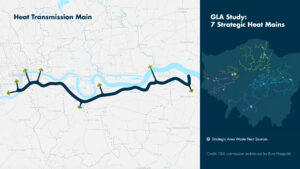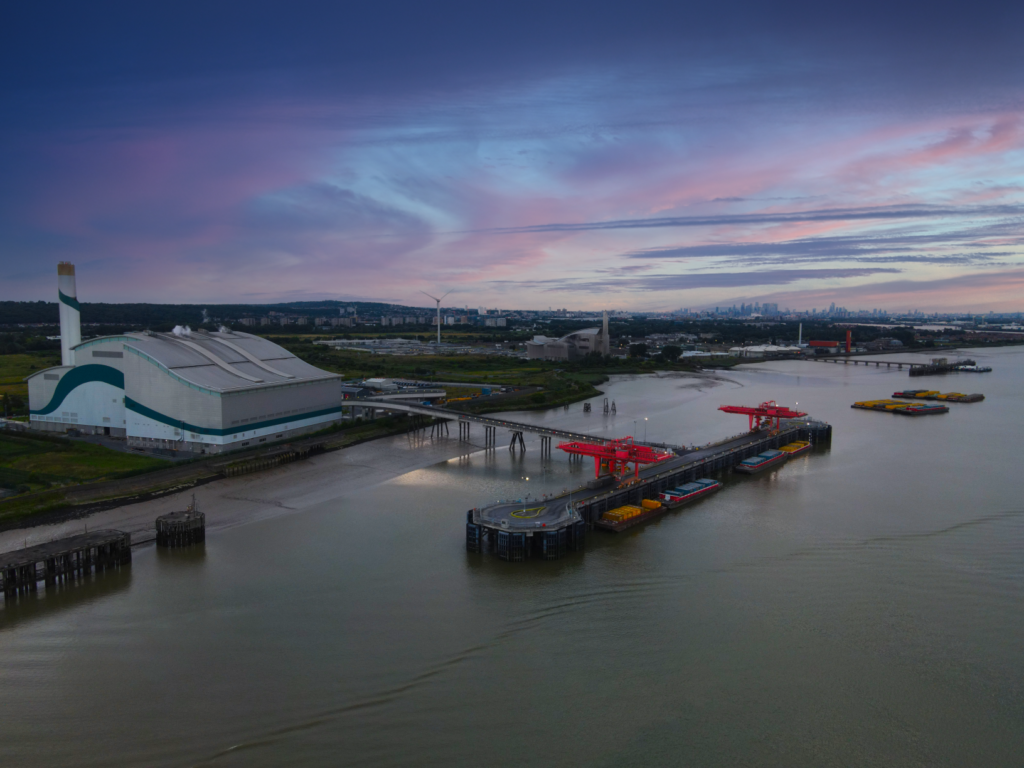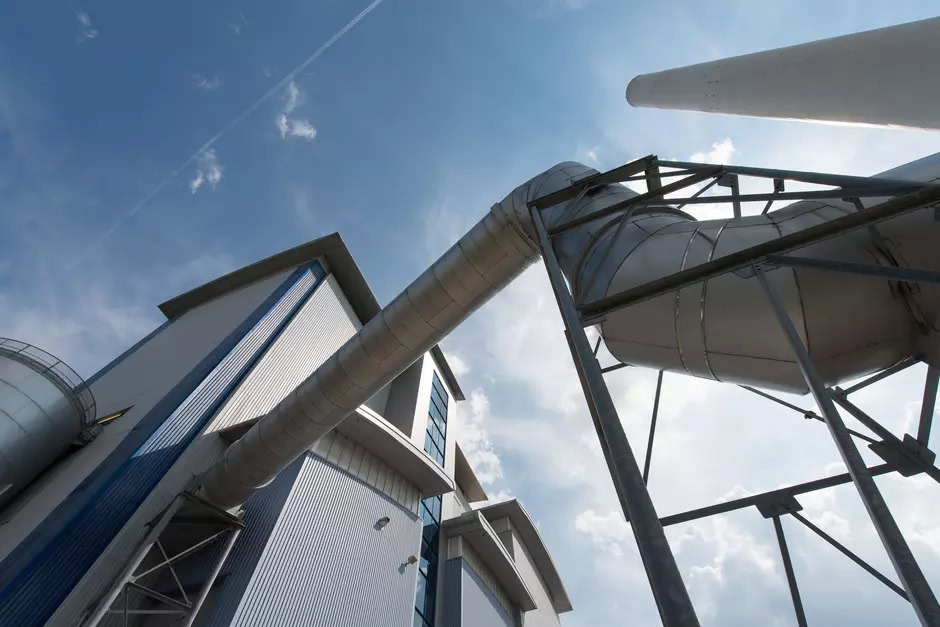The scheme will see a new underground heat transmission main constructed to move hot water from Cory’s EfW plant on the Thames estuary into south-east and central London.
The hot water will be distributed through a network of smaller pipes to supply heat to homes and businesses across multiple boroughs.
The Department for Energy Security and Net Zero (DESNZ) designated the plan as ‘nationally significant’ to reflect the importance of the project, which is expected to unlock around £5 billion of investment in heat networks under local area energy plans.
Mete Coban, Deputy Mayor of London for Environment and Energy, said: “Heat networks have an important role to play in helping London achieve net zero carbon by 2030 and it’s great to see Cory leading on this to support the green energy transition.
“By capturing waste heat from industrial centres and using it to heat our homes and businesses, we can cut emissions, supply low carbon heat at a fair cost to consumers and make London more resilient.”
Heat from waste
At full capacity, Cory’s operations are expected to produce enough waste heat to meet the entire annual demand of the City of London and around half of the City of Westminster.
In total, the transmission main is forecast to deliver heating to around 300,000 homes.
Initially, the project will capture waste heat from the Riverside 1 EfW facility, which currently processes more than 750,000 tonnes of residual waste each year.
Water will be warmed using the recovered heat and pumped through underground tunnels, built using techniques similar to those employed on the Elizabeth Line and Thames Tideway.
In the longer term, the infrastructure is designed to accommodate additional heat sources, with Cory already in discussions with other operators.
David Carter, Managing Director – Heat at Cory Group, commented: “Cory is working on several projects which bring together the public and private sectors across London to transform how we heat homes and businesses. This is our most ambitious.
“This project will provide a template for decarbonisation not only in London, but across the country. It will promote jobs and drive investment in UK infrastructure at a time when economic growth is a national priority.”
London’s growing heat networks

The Greater London Authority (GLA) has mapped out waste heat sources and transmission corridors in its London waste heat study, identifying the city as a promising region for the roll-out of heat networks.
The government’s Green Heat Network Fund (GHNF) allocated a further £34 million to support green heat projects around the country in February 2025, including £7.73 million to two EfW facilities in Cranbrook and Maidstone.
Several large networks are already under development in London, including the South Westminster Area Network (SWAN) and the Old Oak and Park Royal Energy Network (OPEN).
More tenders are expected in the coming months.
Cory is working in partnership with developers including 1Energy, Bring Energy, E.ON, Hemiko, Vital Energi and Vattenfall to connect waste heat into new and existing local schemes.








Subscribe for free